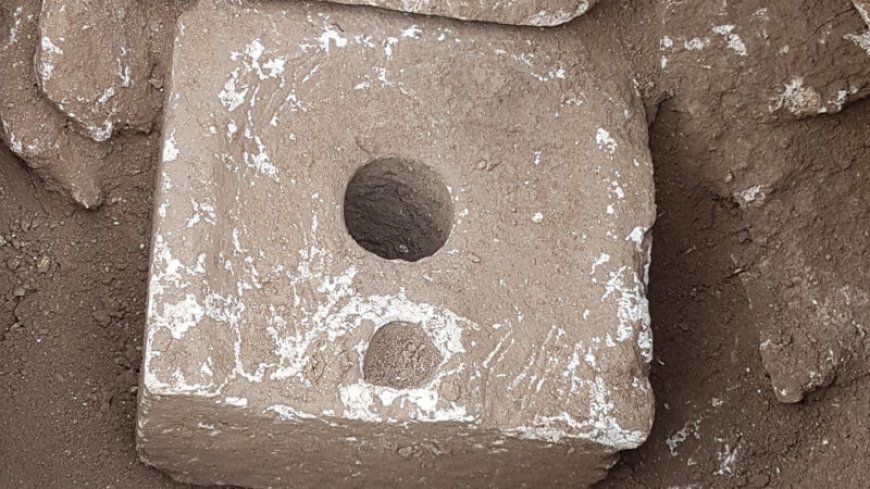Oldest traces of a dysentery-causing parasite were found in ancient toilets
Scientists have found traces of giardia in two toilets used by wealthy residents of Jerusalem in the 7th and 6th century B.C.

Giardia has plagued people for a long time.
The parasite can bring about dysentery — a miserable (and occasionally deadly) mixture of diarrhea, cramps and fever. Scientists have now uncovered traces of the giardia parasite in the remains of two roughly 2,600-year-old toilets once used by the wealthy denizens of Jerusalem. The remains are the oldest known biological evidence of giardia anywhere in the world, researchers report May 25 in Parasitology.
The single-cell parasite Giardia duodenalis can be found today in human guts around the planet. This wasn’t always the case — but working out how pathogens made their debut and moved around is no easy feat (SN: 2/2/22). While some intestinal parasites can be preserved for centuries in the ground, others, like giardia, quickly disintegrate and can’t be spotted under a microscope.
In 1991 and 2019, archeologists working at two sites in Jerusalem came across stone toilet seats in the remains of mansionlike homes. These “were quite posh toilets” used by “swanky people,” says Piers Mitchel, a paleoparasitolgist at the University of Cambridge.
The original excavators of soil taken from beneath the seats of these toilets glimpsed traces of roundworm and other possible intestinal parasites in soil samples put under a microscope. Mitchel and his colleagues built on this analysis by using antibodies to search for the remains of giardia and two other fragile parasites in the millennia-old decomposed feces under both seats.
There was “plenty of doubt” that giardia was around in Jerusalem at the time because it’s so hard to reconstruct the movement of ancient disease, Mitchel says.
But the find hints that it was a regular presence in the region, says Mattieu le Bailly, a paleoparasitolgist at the University Bourgogne Franche-Comté in Besançon, France, who was not involved in the study.
The idea that a pathogen like giardia, which spreads via contaminated water and sometimes flies, existed and was possibly widespread in ancient Jerusalem makes a lot of sense, Mitchel says, given the hot, dry, insect-ridden climate around the Iron Age city.
What's Your Reaction?



























































